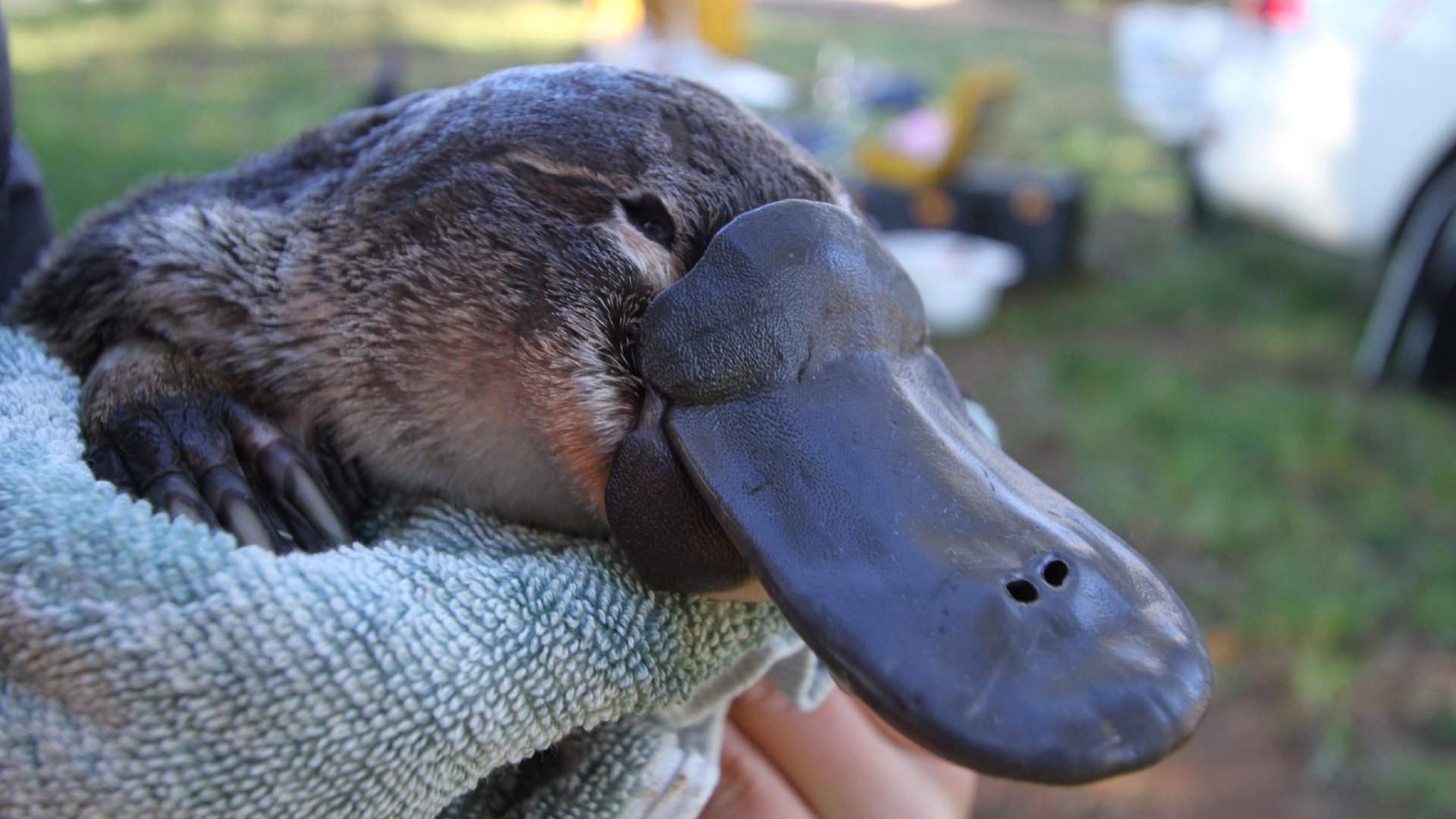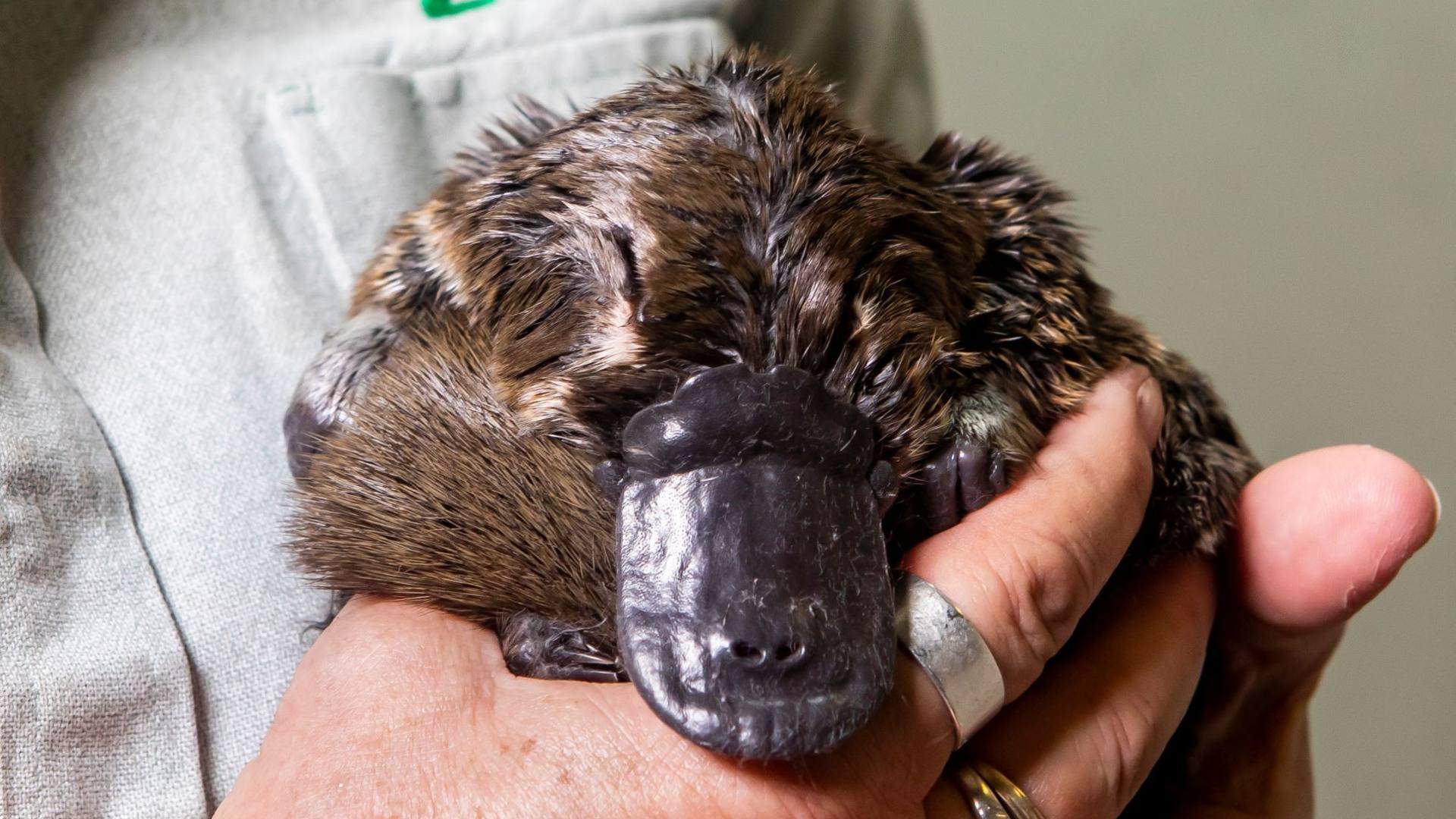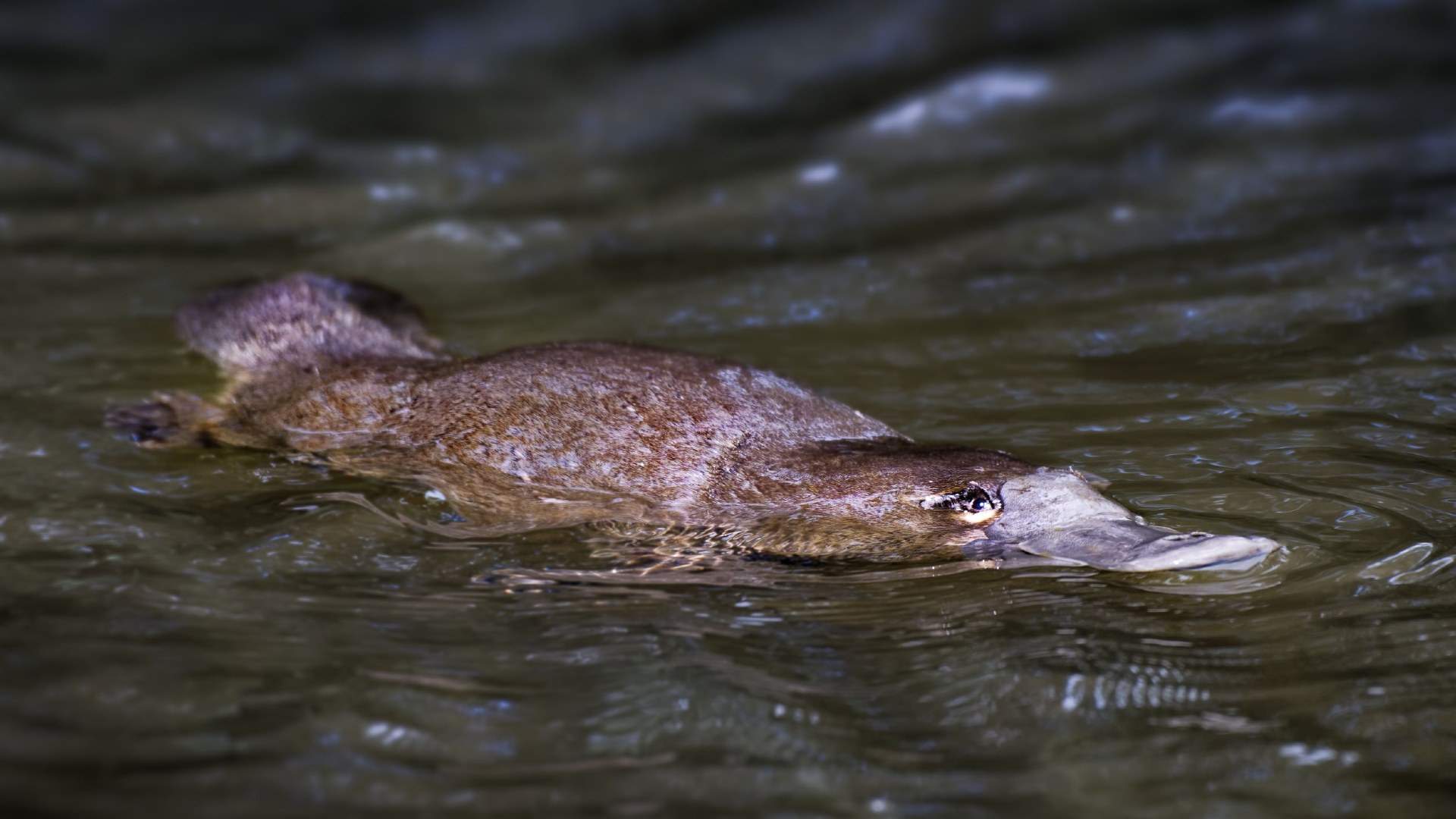Platypuses Will Be Reintroduced to the Royal National Park for the First Time in Almost 50 Years
Ten platypuses will be reintroduced from late next year, with the hope that it will re-establish a platypus population within the national park.
Visitors to NSW's Royal National Park may be treated to a rare spotting of an iconic Australian animal soon, with ten platypuses set to be reintroduced into the area for the first time in nearly 50 years.
Platypuses haven't been spotted in the Royal National Park since the 1970s, when the park's resident duck-billed mammals were seemingly wiped out by a devastating chemical spill. But a collaborative effort by UNSW researchers, WWF Australia, Taronga Zoo, and NSW National Parks and Wildlife Service will see the adorable creatures return to the park from late next year.
Dr Gilad Bino, the projects leader from UNSW's Centre for Ecosystem Science, says the initial group of ten platypuses will hopefully be the start of a growing population in the area. "We'll monitor how they settle in, with the hopes their population will start to grow and reestablish in the area and allow people a place to come and appreciate this unique animal," he said.

Platypus Conservation Initiative
The platypuses will be released in the second half of 2022 and will be a mixture of males and females. All platypuses will be fitted with acoustic tags so researchers can track their progress and breeding activity. Before these ten brave mammals are reintroduced into their new habitats, researchers will survey the park to confirm there are no platypuses left, and to find an ideal environment for the mammals.
A recent study by UNSW found that the areas where platypuses live in Australia has shrunk by 22 percent in the last three decades.
"Platypuses are resilient animals, but it's vital that we develop the capability to actively manage populations and do a better job at protecting their freshwater homes," Centre for Ecosystem Science Professor Richard Kingsford said. "We want future generations to see platypuses in the rivers of the Royal and Heathcote National Parks and all the way down the east coast of Australia."
You can follow the work of UNSW's Centre for Ecosystem Science on the university's website.






